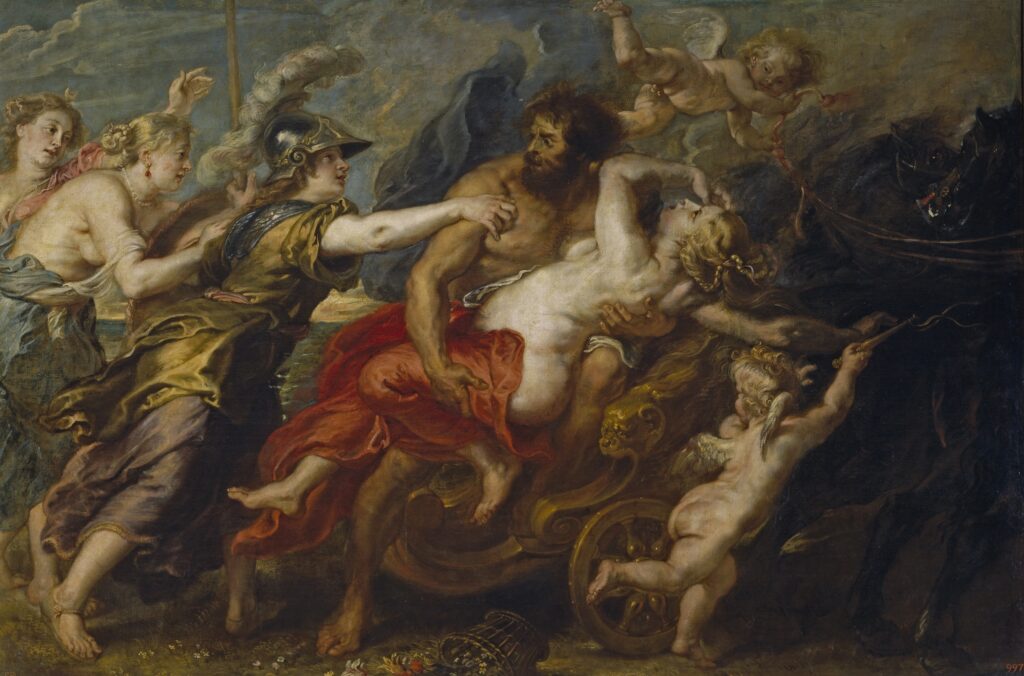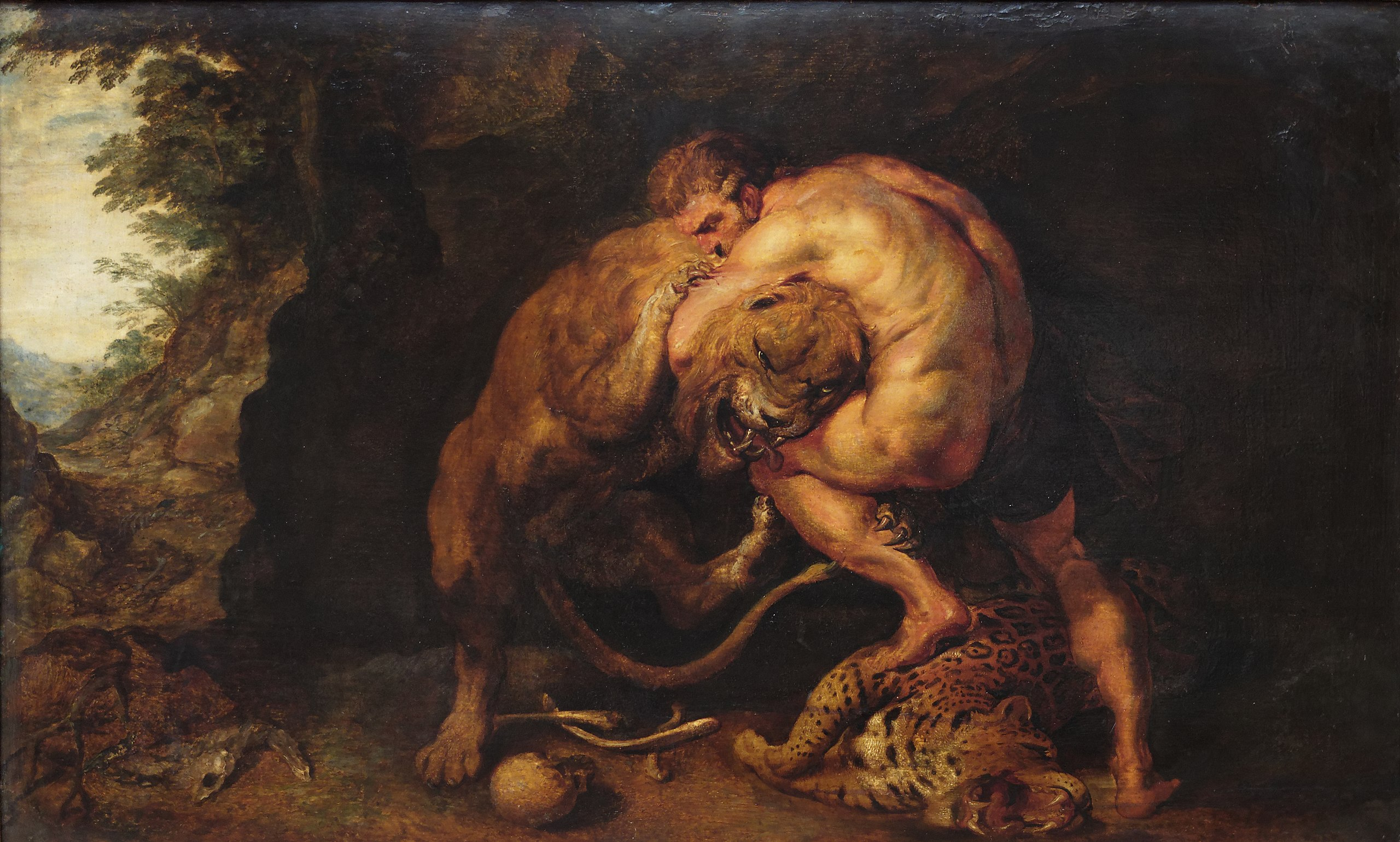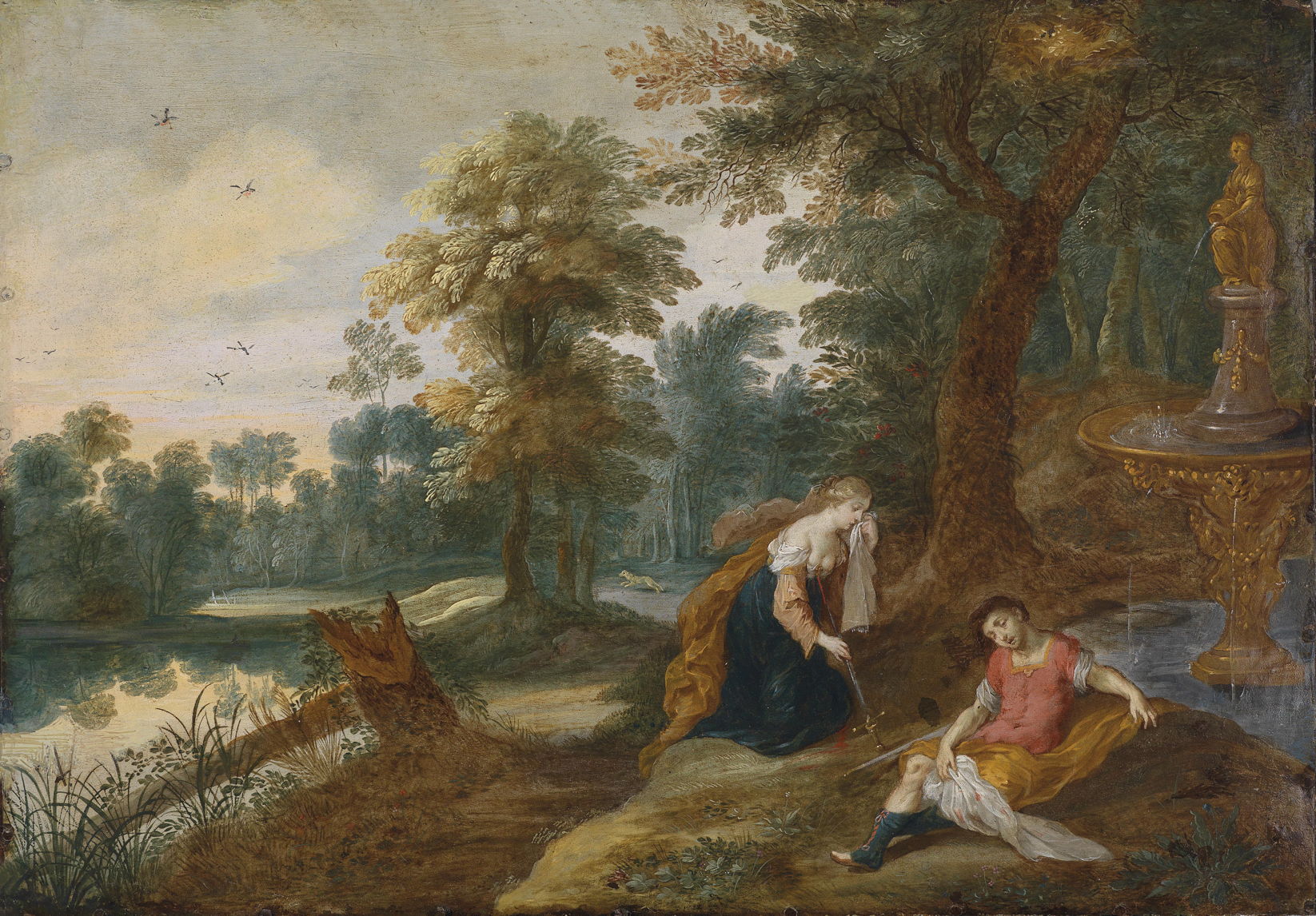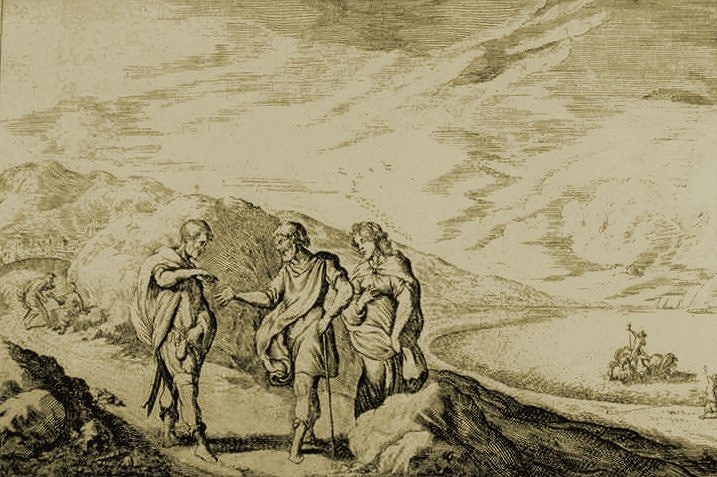AI-generated article summary
In ancient Greek mythology, the story of Hades and Persephone is one of the most enduring and haunting tales of love and loss ever told. It speaks to the deepest longings and fears of the human heart, and its characters are as vivid and complex as any in literature.
Hades, the God of the underworld
In the pantheon of the Greek gods, Hades was the God of the underworld, ruling over the dead and presiding over the final judgment of souls. Hades was not an evil God, but he was feared and revered by mortals and immortals alike.
Demeter and Persephone
At the heart of the story is Demeter, one of the most revered Goddesses in ancient Greece, known as the Goddess of agriculture, fertility, and the harvest. She was often depicted holding a sheaf of wheat or a cornucopia, and was worshipped by farmers, peasants, and aristocrats alike. Demeter was the daughter of Cronus and Rhea, and the sister of Zeus, Poseidon, Hades, Hera, and Hestia. She was a loving mother, especially to her daughter Persephone.
Persephone was the daughter of Demeter and Zeus and was renowned for her beauty and grace. She was often portrayed holding a bouquet of flowers or a pomegranate and was associated with the coming of spring and the blooming of flowers. Persephone was a beloved daughter, and her mother Demeter was fiercely protective of her.
Their bond as mother and daughter was unbreakable, until the fateful day when Persephone was abducted by Hades, God of the underworld.
The Myth of Hades and Persephone
1. The Abduction of Persephone
The story of Hades and Persephone begins with a seemingly innocent scene. Persephone was in a field with her companions, collecting flowers when Hades caught sight of her. The god of the underworld was instantly captivated by her beauty and resolved to make her his bride. However, Hades knew that Demeter would never allow her daughter to marry the God of the underworld, so he took matters into his own hands. As Persephone noticed a particularly beautiful narcissus flower and bent down to pluck it, the ground beneath her opened up, and Hades emerged from the underworld in his chariot. Before anyone could react, Hades snatched Persephone and carried her down to his realm.

It is worth noting that this particular chapter is occasionally referred to as the “Rape of Persephone.” However, in this context, the term “Rape” is derived from the conventional translation of the Latin term “raptus,” which referred to kidnapping rather than sexual assault.
2. Persephone’s Descent Into The Underworld
Upon her initial arrival to the underworld, Persephone was consumed with fear and confusion. The realm of the dead was dark, gloomy, and full of sorrowful souls. As she wandered through the winding caverns and passages, she could hear the anguished cries of the dead echoing all around her. It was a stark contrast to the vibrant and colorful world of the living that she had known all her life.
At first, Hades tried to comfort Persephone with gifts and offerings, hoping to win her over with his wealth and power. He showed her the vast treasures of the underworld, including precious jewels, gold, and silver. He offered her the finest foods and wines, but Persephone was reluctant to accept.
3. Demeter’s Search for Her Daughter
Demeter was desperately searching for her beloved daughter Persephone when she finally met Hekate and Helios. They informed her with great sadness that Persephone had been abducted and taken to the underworld as Hades’ wife, and what’s worse, Zeus had allowed it to happen.
Demeter, consumed by anger, decided to take some time off and disappeared from sight. During her search for her daughter Persephone, Demeter assumed the guise of an elderly woman named Doso. She was warmly received by Celeus, the ruler of Eleusis in Attica, who invited her to care for his son Demophon, born of Metanira.
To express gratitude for Celeus’ hospitality, Demeter planned to make Demophon a deity by anointing him with ambrosia, holding him gently in her arms while breathing life into him, and purifying him by burning his mortality away in the hearth every night. At night, she would place him in the fire as if he were a burning ember. Unfortunately, the ritual was interrupted by Metanira, who walked in and saw her son in the flames, causing her to scream in terror. Demeter was enraged by this disturbance, grieving the lack of comprehension of the mortals regarding the significance of the ritual. As a result, she demanded that they construct a temple for her as a form of apology.
4 . The Compromise
Demeter took up residence in her new temple, but she remained sorrowful over the loss of Persephone. She responded by withholding the growth of crops, resulting in an everlasting winter that took the lives of many. Finally, Zeus, the king of the Gods, intervenes. He commands Hades to return Persephone to her mother, and Hades accepts under the condition that Persephone doesn’t consume any food while in the underworld.
Although Persephone was hesitant to accept Hade’s food offerings at first, she eventually gave in to hunger and tasted a few pomegranate seeds. Unaware of the consequences, Persephone did not realize that by eating the food of the underworld, she was being irrevocably bound to the realm of the dead and thus preventing her from returning to the land of the living permanently.
Upon discovering this, Demeter and the other gods were infuriated and demanded that Hades release Persephone at once. Hades, however, was reluctant to let Persephone go, knowing that he had a legal claim to her as his wife.
A compromise was eventually reached, with Persephone agreeing to spend part of the year with Hades in the underworld and part of the year with her mother on Earth.
After the compromise, every time Persephone returns to the world above, Demeter is overjoyed. The earth bursts into bloom, and the crops grow tall and strong once again. But when Persephone returns to the underworld, Demeter is once again plunged into grief, and the earth is barren and lifeless.
The pomegranate thus became a symbol of Persephone’s dual nature, representing both her connection to the world of the living and her ties to the underworld. It also served as a reminder of the power dynamics at play in the story: though Persephone was ultimately able to negotiate a partial release from Hades, she was still bound to him through the act of eating the pomegranate seeds and had to spend part of her life in the realm of the dead.

This myth is often interpreted as a metaphor for the changing seasons, with Persephone’s descent into the underworld representing the onset of winter and her return to the world above symbolizing the arrival of spring.
5. Persephone As Queen of the Underworld
Despite her initial fear and mistrust of Hades, Persephone began to warm up to him over time. She saw that he was not the cruel and tyrannical figure that many believed him to be. Hades was kind and gentle with her, treating her with respect and care. He took her on tours of the underworld, showing her the River Styx and the three-headed dog, Cerberus. He even introduced her to the dead souls, allowing her to comfort them and ease their suffering.
As Persephone spent more time in the underworld, she began to see the beauty and wonder of this realm. Although it was full of darkness and sadness, it was also a place of deep mystery and magic. She started to see Hades as more than just a captor, but as a complex and fascinating figure, with whom she shared a deep connection.
Over time, Persephone comes to accept her new life as queen of the underworld. She proves herself to be a compassionate and just ruler, showing kindness to the souls of the dead who pass through her realm and advocating for justice and mercy in her husband’s court. And Demeter, though she still grieves for her daughter, is eventually able to find happiness again, as the world blooms once more under her care.

The Moral of The Story
The story of Hades and Persephone has been the subject of countless interpretations over the years. Some see it as a metaphor for the cycle of life and death, with Persephone’s abduction representing the inevitable passage from life to death and her eventual return to the world above symbolizing the promise of rebirth and renewal.
Others see it as a cautionary tale about the dangers of desire and the importance of compromise in relationships. Its moral may vary depending on the cultural context and the individual interpretation. However, a common theme that arises from the story is the idea that actions have consequences, and that one must be mindful of the choices they make and the commitments into which they enter. Persephone’s decision to eat the pomegranate seeds, for example, had significant consequences for her life, binding her to the underworld and forcing her to split her time between two worlds. Similarly, Hades’ decision to abduct Persephone without her consent led to conflict and strife among the Gods, and forced Persephone and her mother to endure a long period of separation and grief.
At its core, the myth of Hades and Persephone is a tale about the dangers of power and desire, and about the importance of respecting the boundaries and autonomy of others. It reminds us that every action has a ripple effect, and that we must be mindful of the impact our choices have on ourselves and those around us.




